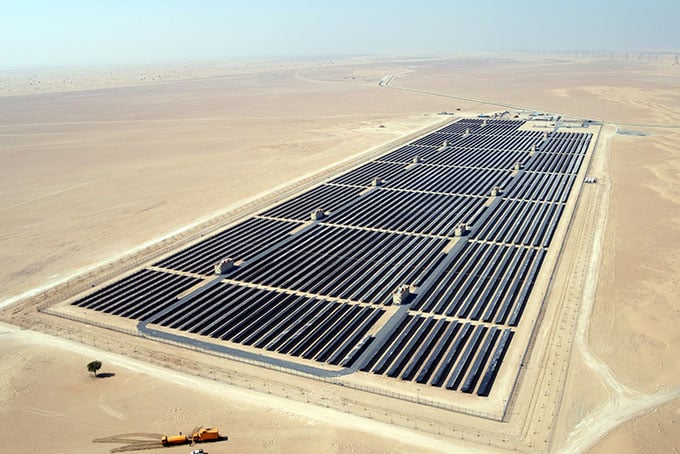Using solar photovoltaic (PV) panels to control desertification is a potential solution that has gained attention in recent years. This approach involves utilizing solar panels to generate electricity while simultaneously promoting environmental sustainability in arid regions. Although it may not completely solve the issue of desertification, it can contribute to the mitigation of its effects in several ways:
- Land Use Transformation: By installing solar PV panels on a large scale, the land is utilized for energy production rather than being left barren. This can prevent further degradation of the land and contribute to stabilizing the soil.
- Reduced Water Consumption: Unlike certain agricultural practices, solar PV systems do not require significant water resources, which can be scarce in desert regions. By promoting the use of solar energy, water resources can be conserved and used for other essential purposes.
- Job Creation and Economic Development: Large-scale solar PV installations can create employment opportunities and stimulate economic development in the region, potentially providing an alternative source of income for local communities.
- Environmental Benefits: Utilizing solar energy reduces reliance on fossil fuels, leading to a decrease in greenhouse gas emissions and air pollution. This can contribute to improved air quality and a reduction in the environmental impact of traditional energy generation methods.
However, it is important to consider the potential challenges and limitations associated with using solar PV panels to control desertification:
- Cost and Infrastructure: Implementing large-scale solar PV projects in remote desert areas may require significant initial investments in infrastructure, transmission lines, and energy storage systems.
- Maintenance and Durability: Solar panels require regular maintenance to ensure optimal performance, and their durability can be affected by harsh desert conditions such as sandstorms and extreme temperatures.
- Land Use Conflict: The use of land for solar energy production may compete with other land uses, such as agriculture or conservation efforts. Balancing the benefits of solar energy generation with the need for sustainable land use is essential.
While solar PV panels can contribute to sustainable development and help mitigate some of the impacts of desertification, they should be considered as part of a comprehensive strategy that includes various environmental, social, and economic factors. Collaboration between policymakers, local communities, and environmental experts is crucial to ensuring the successful implementation of such projects.


